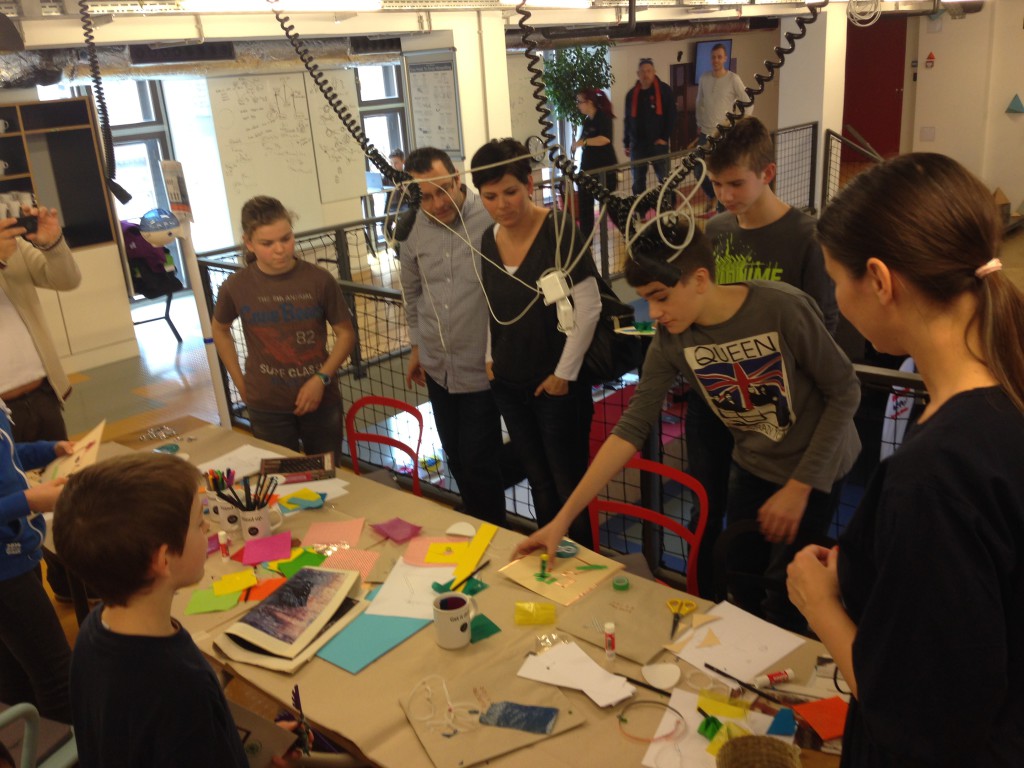2018 December
On our latest exciting workshop on the event of Qubit.hu we sent messages to the Danube with light and made the Invisible visible…
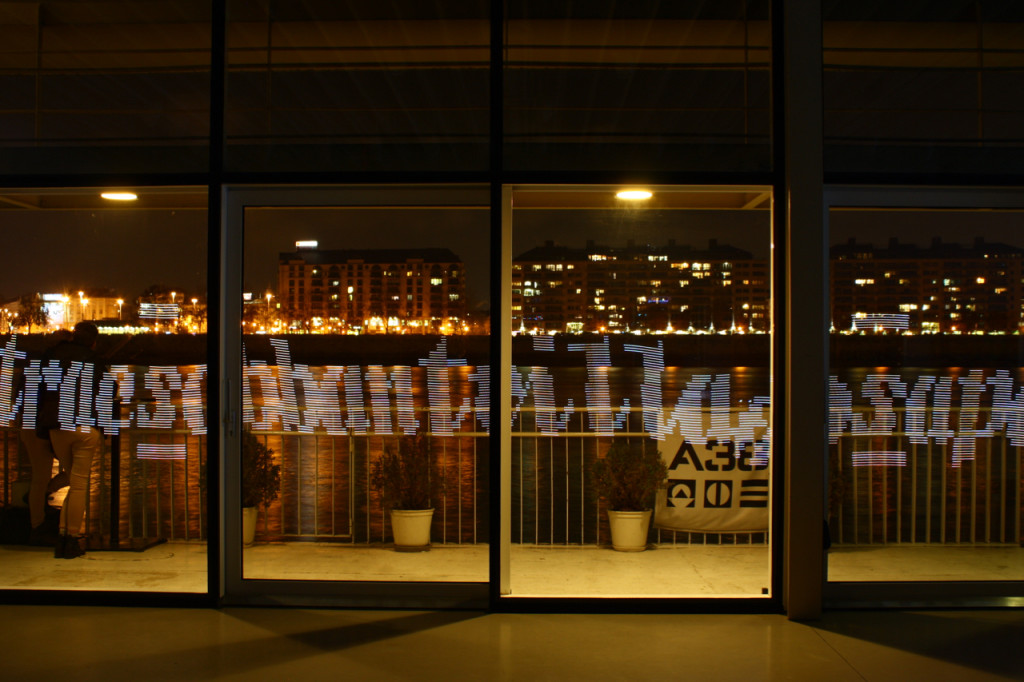
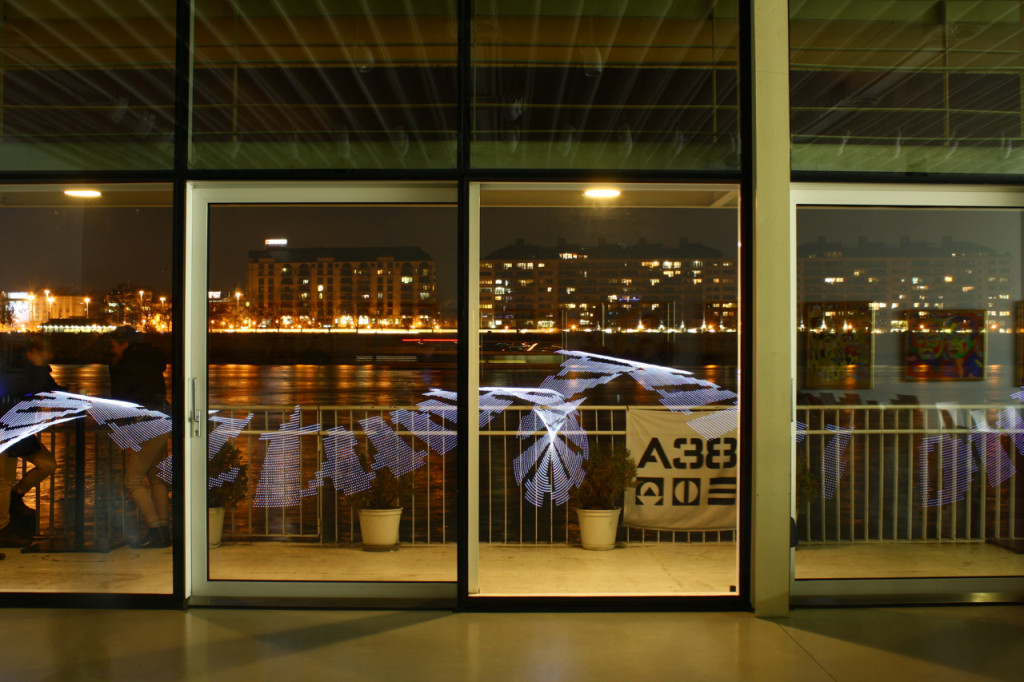
KEDVES RÉSZTVEVŐK!
A WORKSHOP KÉPEI 1 HÓNAPIG ELÉRHETŐK ITT.
NAGYSZERŰEK VOLTATOK, A TITKOS ÜZENETEK CÉLBA ÉRTEK! KÖSZÖNJÜK, HOGY ELJÖTTETEK!
2018 November
We will draw onto the river Danube with some programmable LEDs and capture the vision with camera on the event of Qubit.hu, a Hungarian Science and Tech journal, organised by Eszter Bircsák. This time our workshop is for teens.
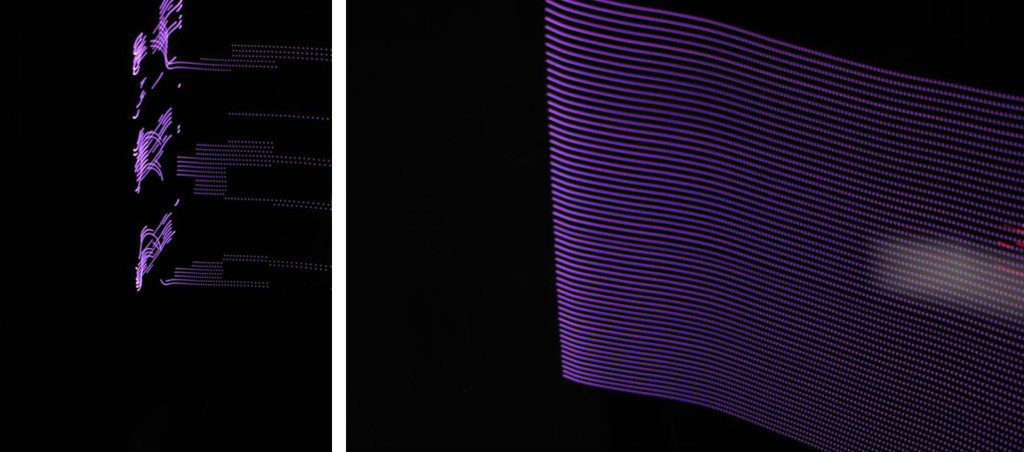
2016 September
We were surprised by the number of the curious children who wanted to play with our interactive felt surface at the fabrikART // smART XTRA event at the Researchers’ Night in Hungary. Photo: Reka Bogdan
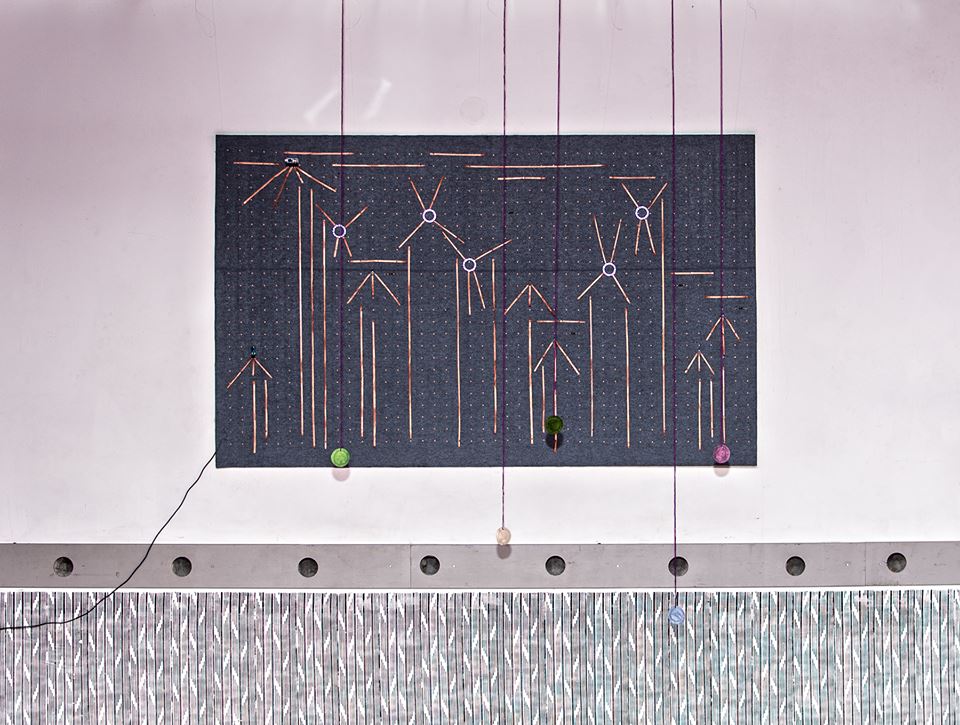
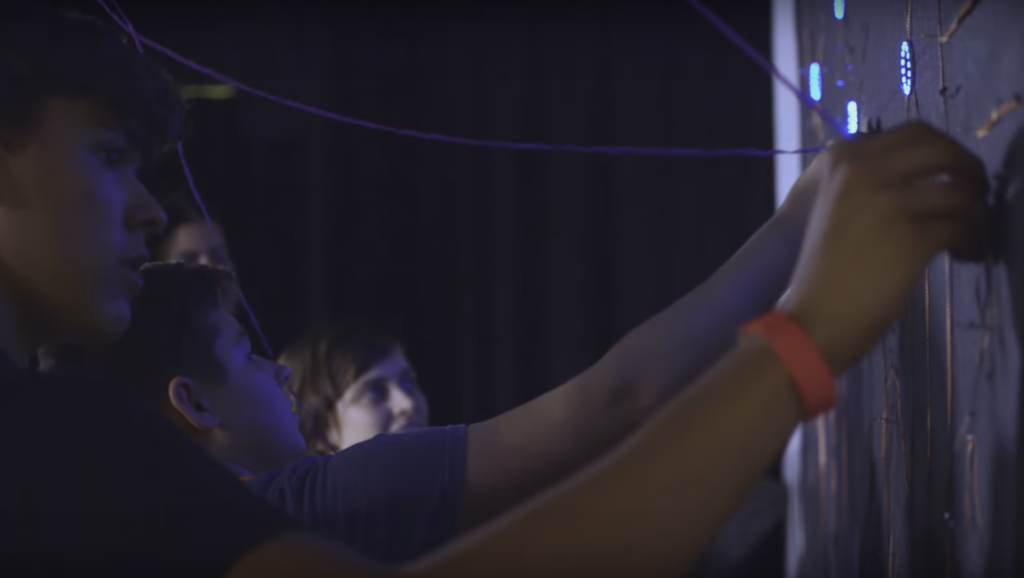
2016 June
The »Electrosketch« circuit drawing workshop has got invited to an elementary school, where we ran four sessions for two classes. We are glad that we got so many thankful messages from the parents.
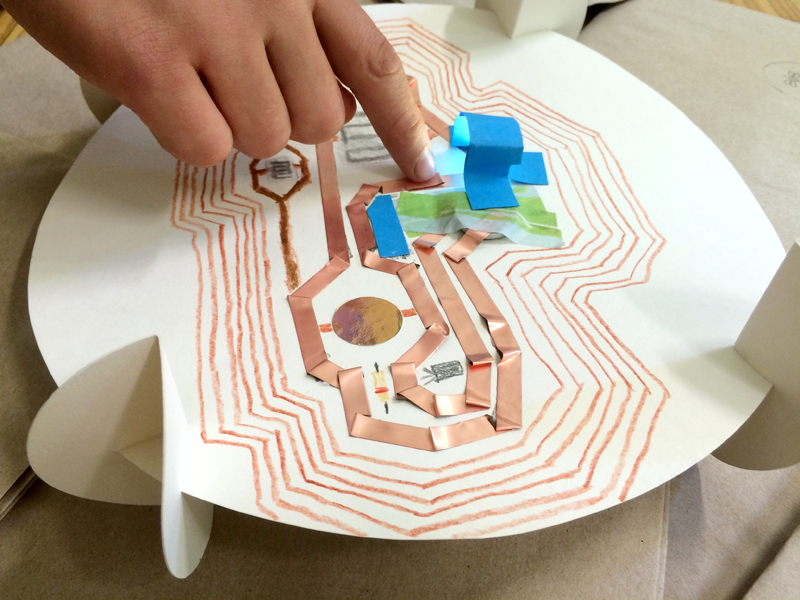
2016 April
Our »Electrosketch« circuit drawing workshop for kids at Hátsókapu. We made exciting secret maps with ink and copper.
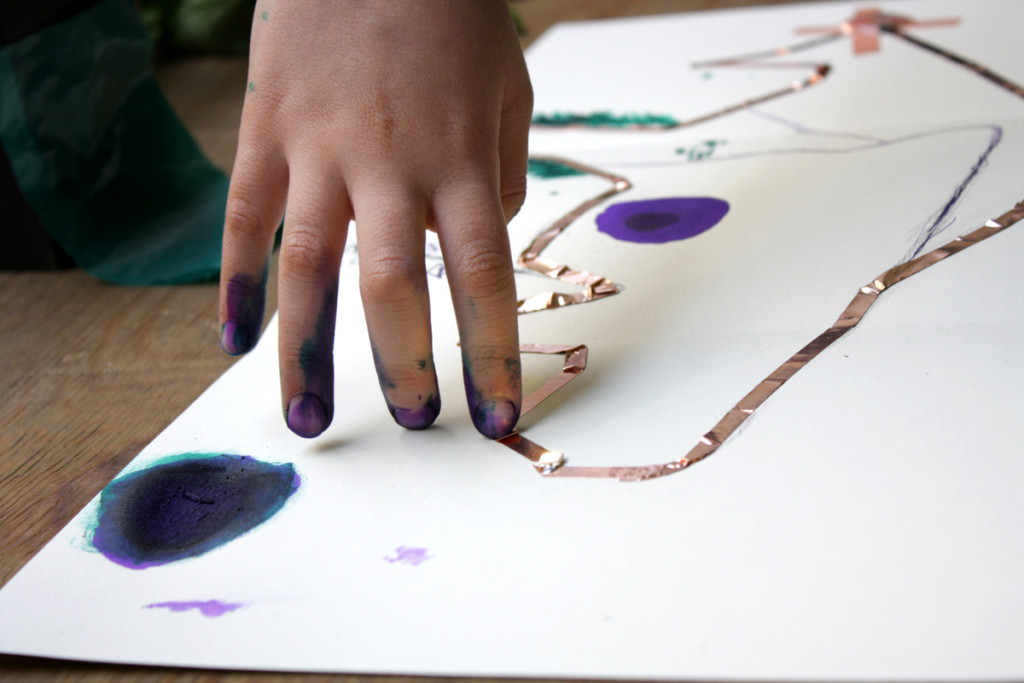
2016 February
Our vernissage at Gallery Horizont. We exhibited a photo documentation. Photo: Tamás Lékó
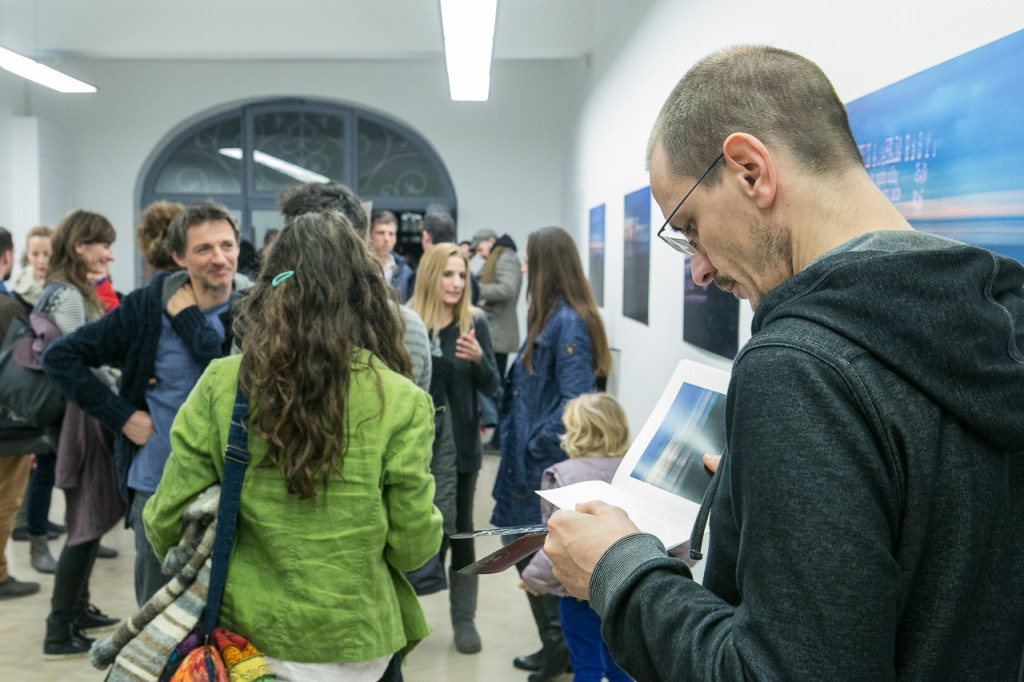
2016 February
We are working on a photo documentation series which will be exhibited at Gallery Horizont next month. The title is Agnes Biolum: Sides are not included, photo by Farkas Pongracz.
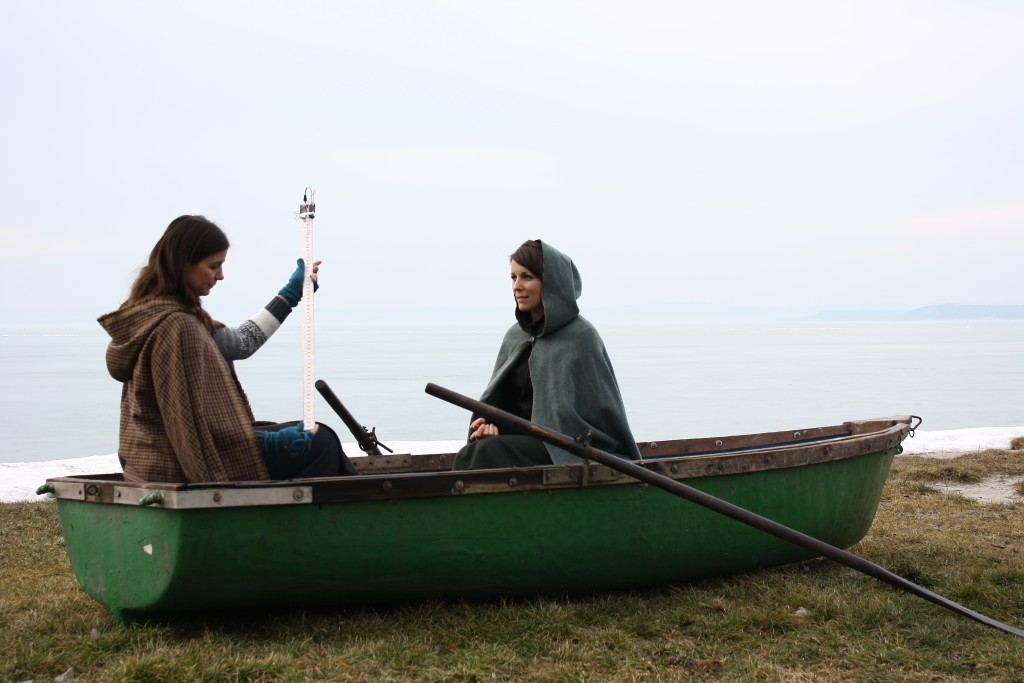
2015 January
We held circuit drawing workshops for kids at the lab of Makerspace.hu, we enjoyed it a lot! The themes were space travel and secret places.
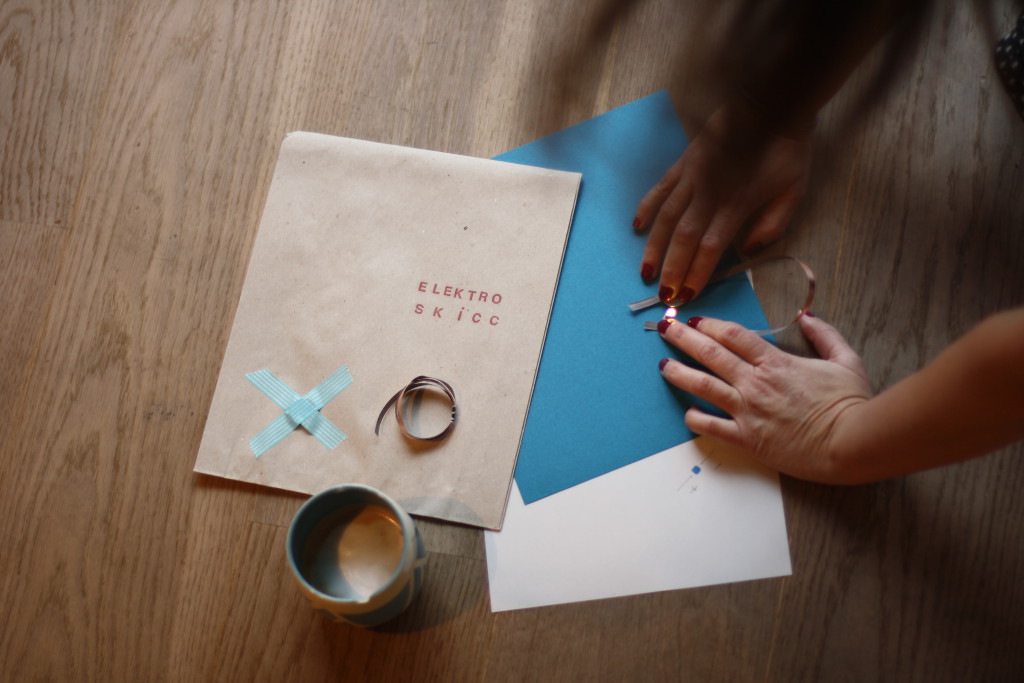
2015 Aug
As an outcome of our artist-in-residency staying, here is our site-specific light installation
2015 July
We spent one lovely month in Finland in an artist-in-residency programme in Heinävesi at Villa Sillanpää. We experimented with the presence of electronics in the great Finnish woods and lakes. And ate a lot of blueberries as well.
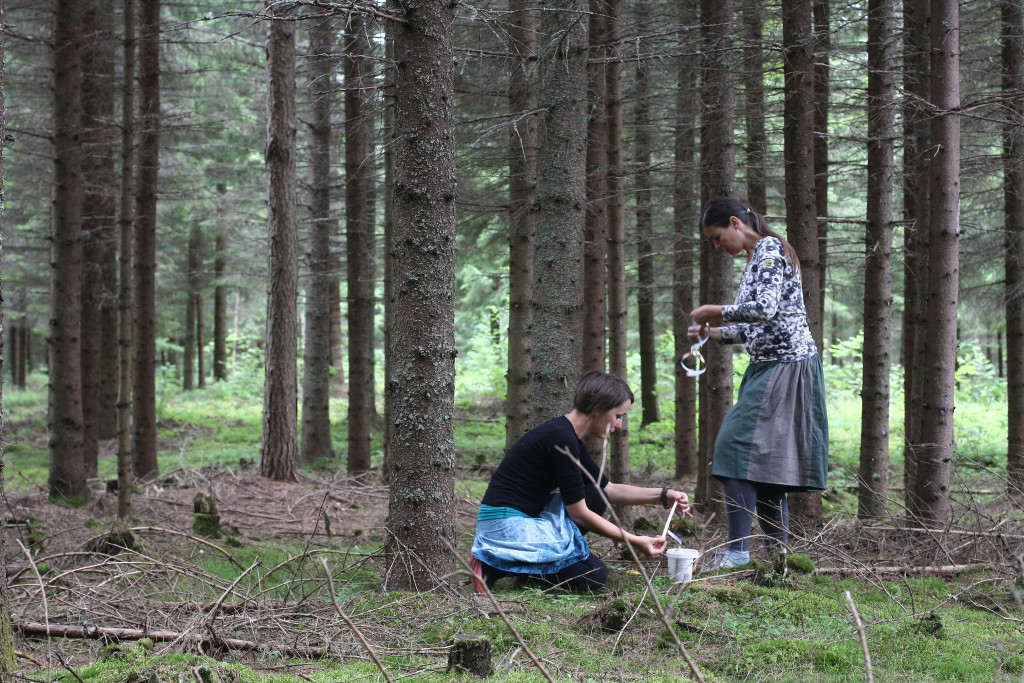
2015 January
We launched our circuit drawing workshop on the International Arduino Day at the Hungarian headquarter of Prezi. We make workshops for children to enhance their creativity on interactive systems. We use very simple materials, such as copper tape, LEDs, batteries on a sheet of paper because we are fascinated by the aesthetics of these circuit systems.
